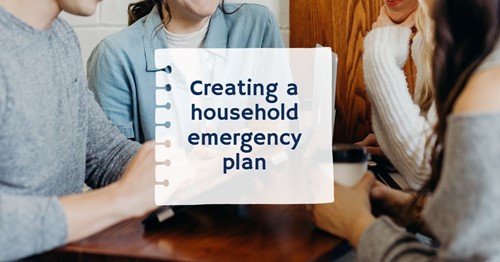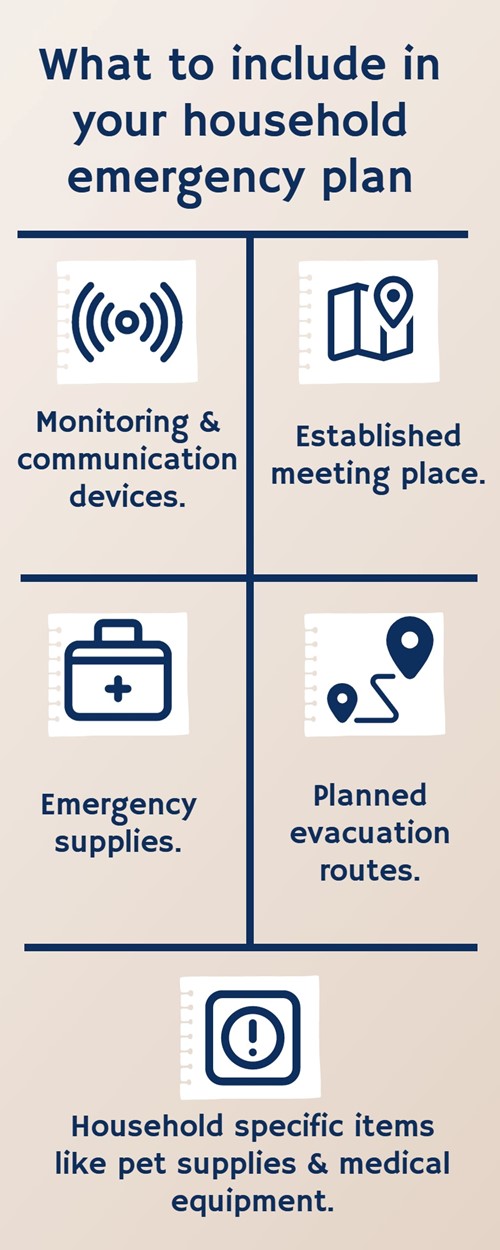
Emergencies happen, especially when there’s a natural disaster involved. While stress can run high in times of a natural disaster, or any emergency, there are ways for you and your household to become better prepared and reduce your stress levels all at the same time.
One simple way to lessen the stress is to create an emergency plan for you and those in your home. Here are some of the essential things to include in your emergency planning:
Some natural disasters come with warnings, such as hurricanes, extreme thunderstorms, blizzards, etc. However, there are those that can happen spontaneously, such as an earthquake or landslide. Regardless of the situation, it’s imperative to monitor it by whatever means you have available to you.
Many individuals use their cell phones and smart devices to receive weather alerts and other emergency broadcasts, which is excellent for disasters and emergencies with some warning. Even for those without, keeping a monitoring system handy will help keep everyone informed during and after the event.
If you’re using a smart device, you may also be able to communicate with other members of your household through that device, keeping yourself informed and others prepared at the same time.
If evacuations are required, or you simply need to leave your home for safety reasons, be sure to have a meeting area available, with a backup in place. Make sure everyone knows where the initial meeting place is, and where the backup is located in case you cannot reach the primary spot.
You’ll want to set some type of protocol for communicating after reaching the meetup place. Be sure everyone can stay informed in case you’re split up (short-range walkie-talkies are a great option) and know where to regroup if you get separated.
Every emergency plan should come with an emergency kit filled with various supplies, such as first aid kits, overnight supplies, evacuation routes and emergency contacts. Keep radios, flashlights, potable water solutions and emergency food rations either in the same bag or close to your emergency supplies.
Be sure to have enough supplies to cover you and your household for at least one to two weeks.
During the planning process, make sure you know exactly where the evacuation routes are in case of a sudden emergency with mandatory evacuations. Find the route nearest you first, then locate a secondary and tertiary route in case you can’t access the preferred one.
Likewise, if you feel you may need to seek shelter, follow the same guidelines: find your nearest shelter, then two more within a decent range in case the first shelter isn’t available.
When a disaster strikes, natural or otherwise, a key reminder is to bring your household specifics. Does someone in your home have specific dietary requirements? Are all the medications in one safe, yet easily accessible, place? Do you have leashes, bowls, carriers and other pet necessities on hand and ready?
These are a few key questions to ask yourself when preparing your household for an emergency. Be sure to bring any personal property with you that is critical to your household, as well. However, you’ll want to ensure everything you take with you is easily transportable.

Natural disasters and other emergencies aren’t typically a daily highlight for most. However, by maintaining a proper disaster preparedness plan, you and your household will be able to rest a little easier knowing you have a method in place to keep everyone safe.
